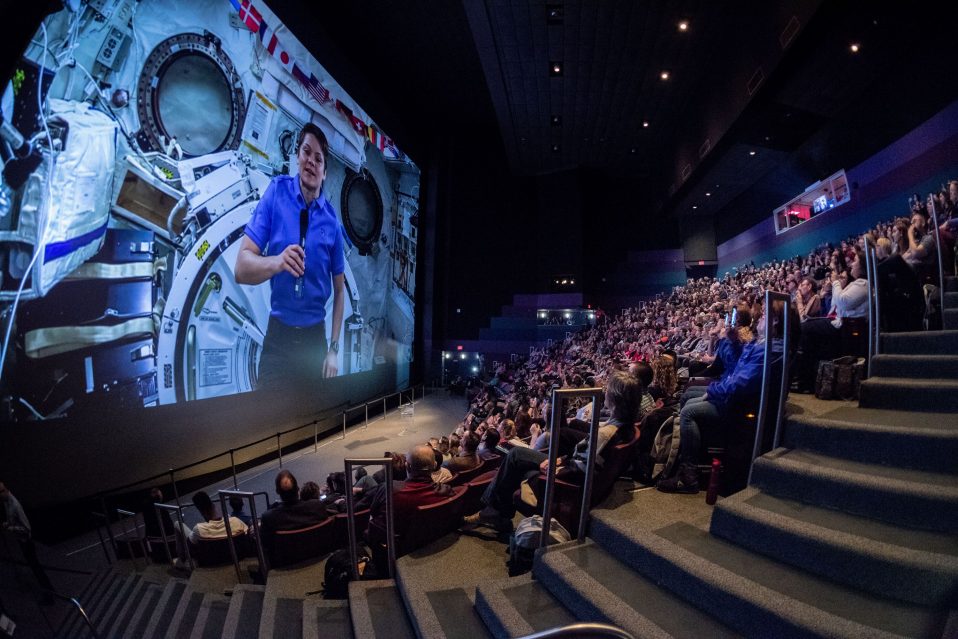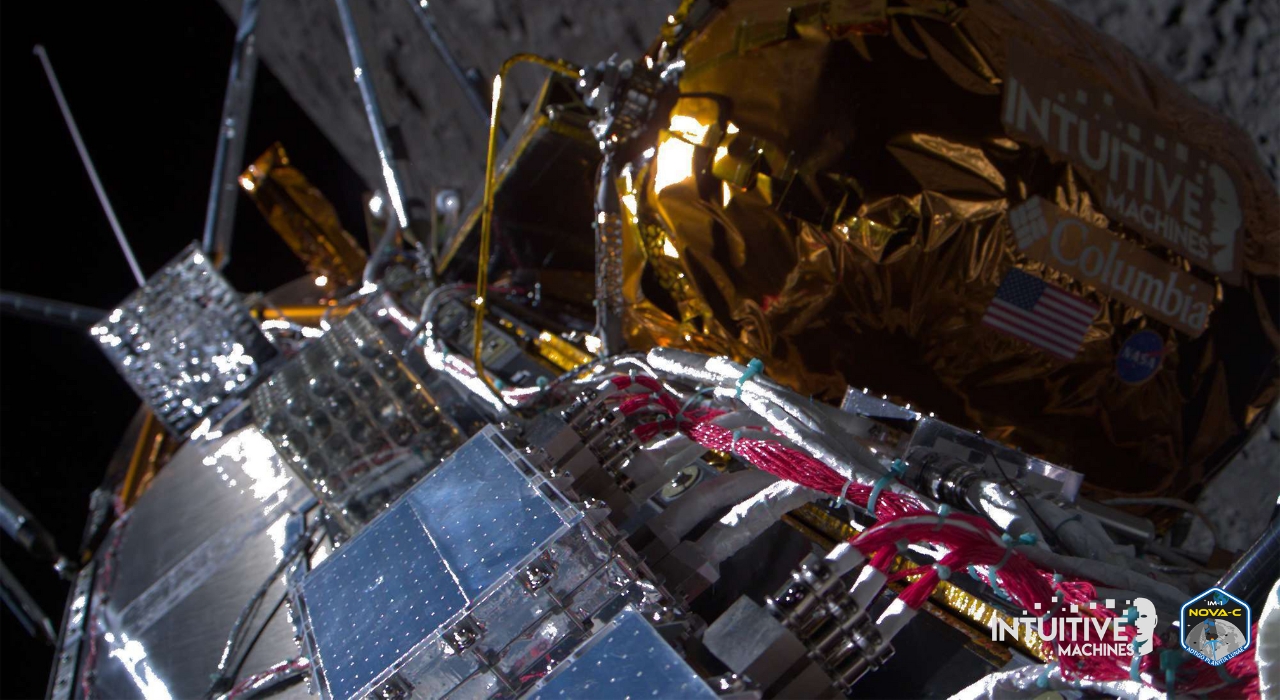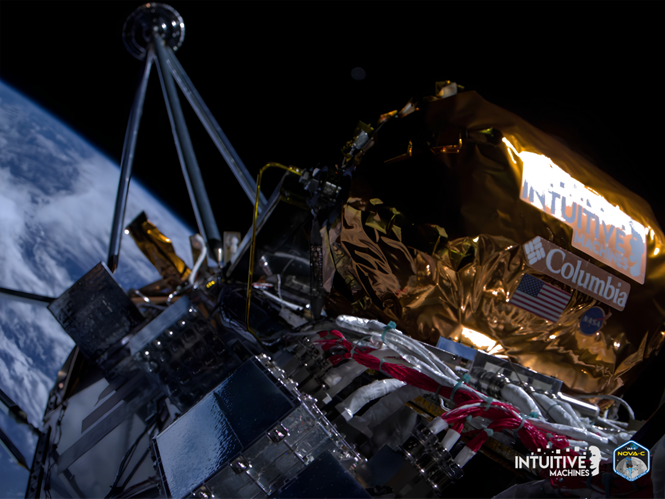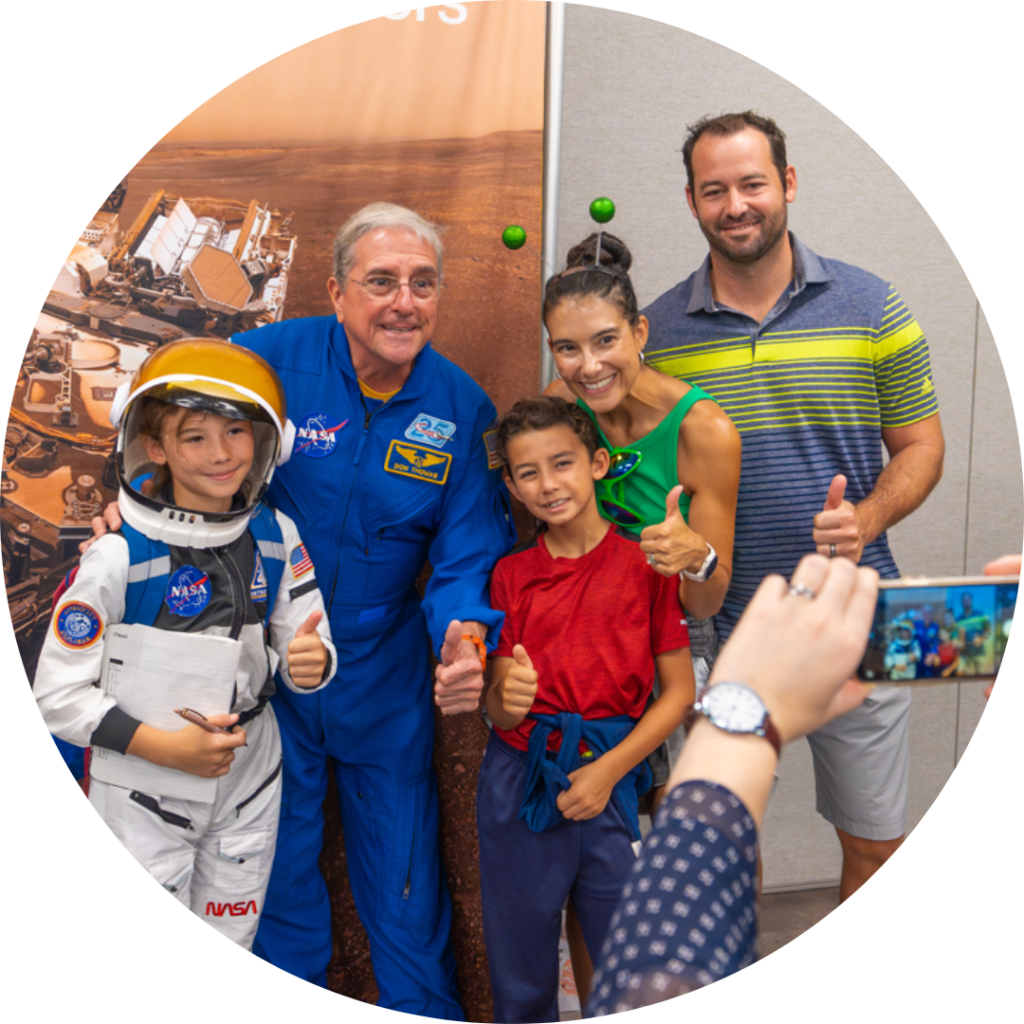[sp name=’Pioneerten’]
Launched on March 2, 1972, Pioneer 10 was the first spacecraft to travel through the asteroid belt, and the first spacecraft to make direct observations and obtain close-up images of Jupiter. The mission was a spectacular success through its completion on January 23, 2003. Solve Space by unscrambling this image and learn more about Pioneer 10 and how we get there!
Learn More About It
- Originally designed for a 21-month mission to fly by Jupiter, Pioneer 10 lasted more than 30 years.
- Pioneer 10 sent its last signal to Earth in January 2003 from a distance of 7.6 billion miles (12.23 billion kilometers).
- Its accomplishments are unmatched by any other robotic spacecraft to date.
- The spacecraft’s mass was 569 pounds (258 kilograms).
All of Its Firsts
This spacecraft provided crucial information about our solar system and neighboring planets which will help with our journey into deep space. It notched a series of firsts unmatched by any other robotic spacecraft:
- First spacecraft placed on a trajectory to escape the solar system into interstellar space
- First spacecraft to fly beyond Mars
- First spacecraft to fly through the main asteroid belt
- First spacecraft to fly past Jupiter
- Crossed the orbit of Neptune to become the first human-made object to go beyond Neptune
- First spacecraft to use all-nuclear electrical power
Experience More
- Walk through exhibits while learning more about space exploration in our exhibits and experiences.
- For more firsts and pioneers, watch our past Thought Leader Series highlighting NASA recruiting its first six women astronauts and hear retired astronauts Dr. Shannon Lucid, Dr. Rhea Seddon and Dr. Anna Fisher discuss their amazing experiences during this Women’s History Month 2021.







